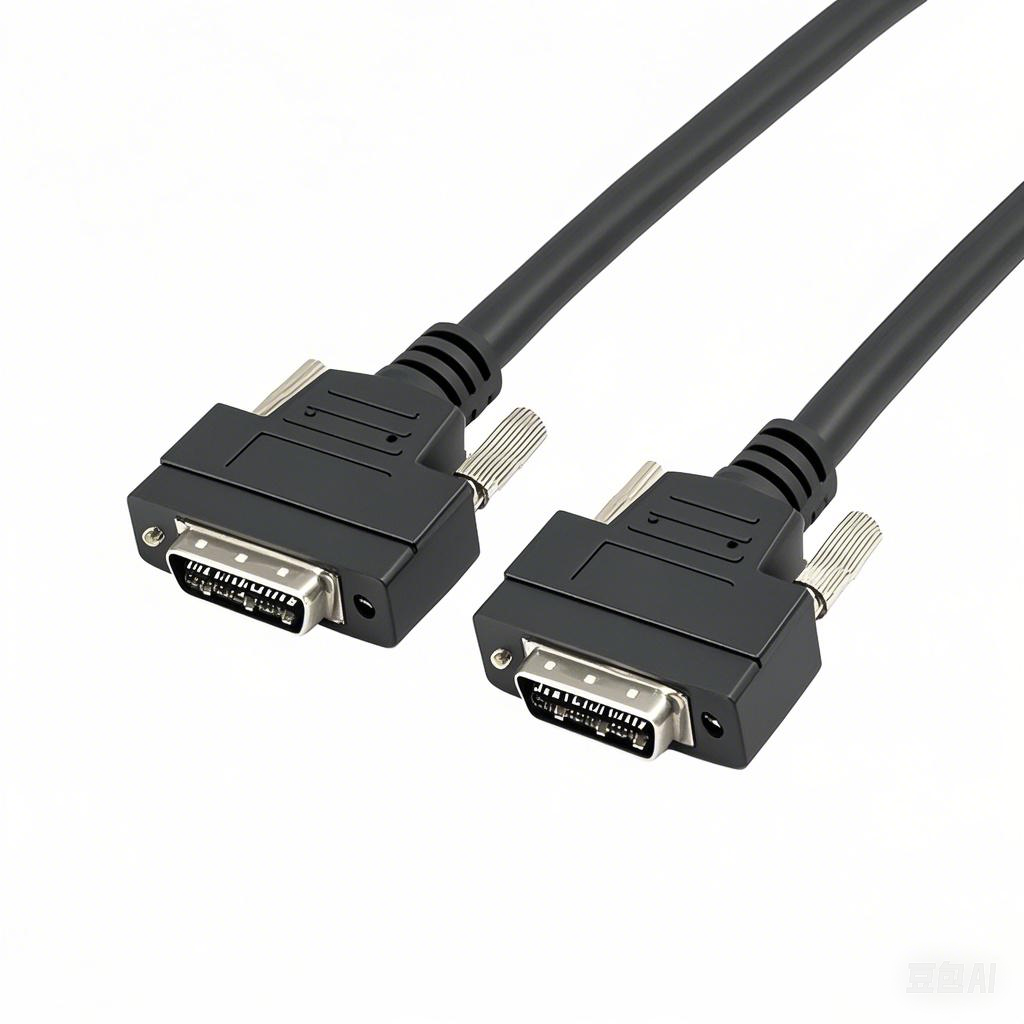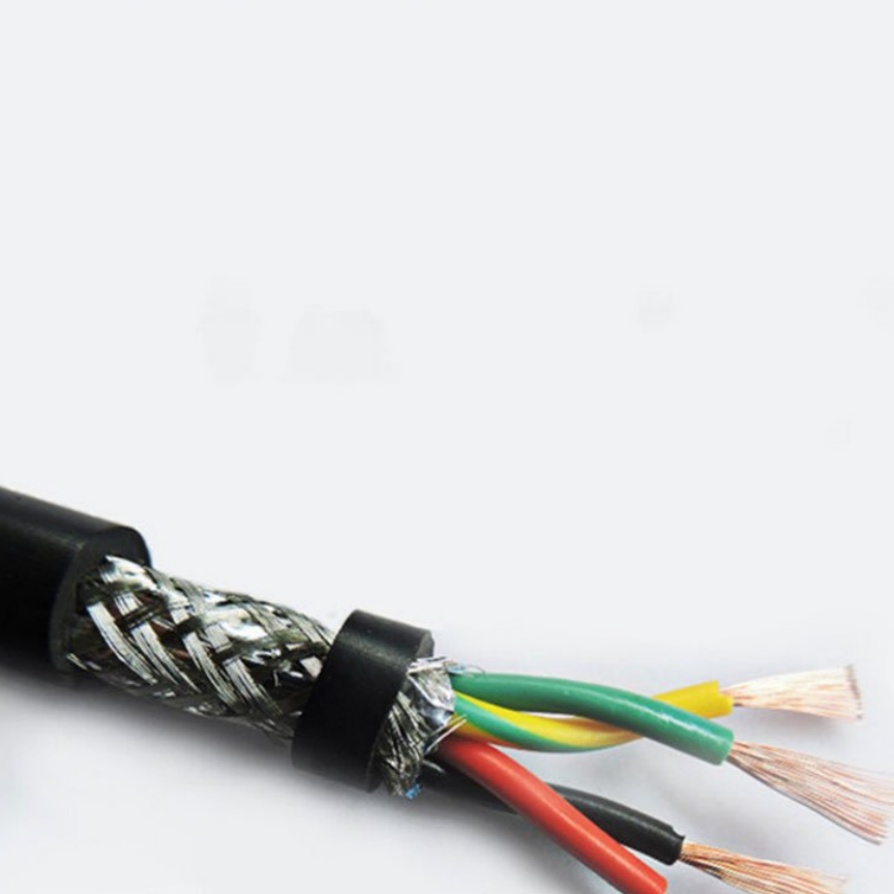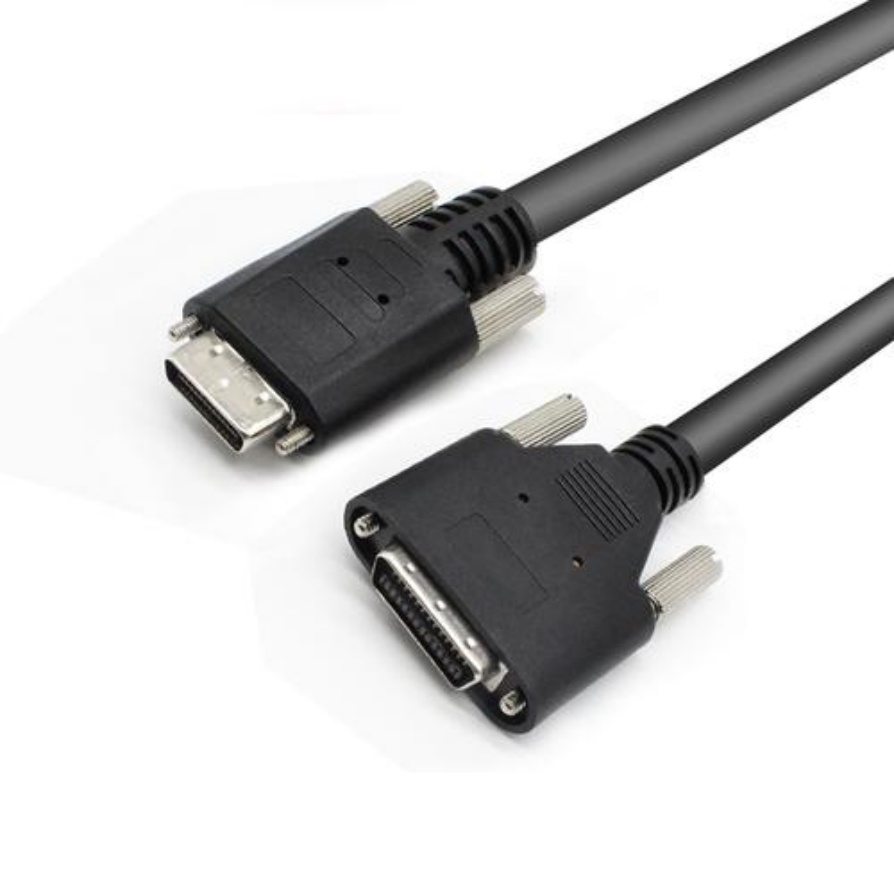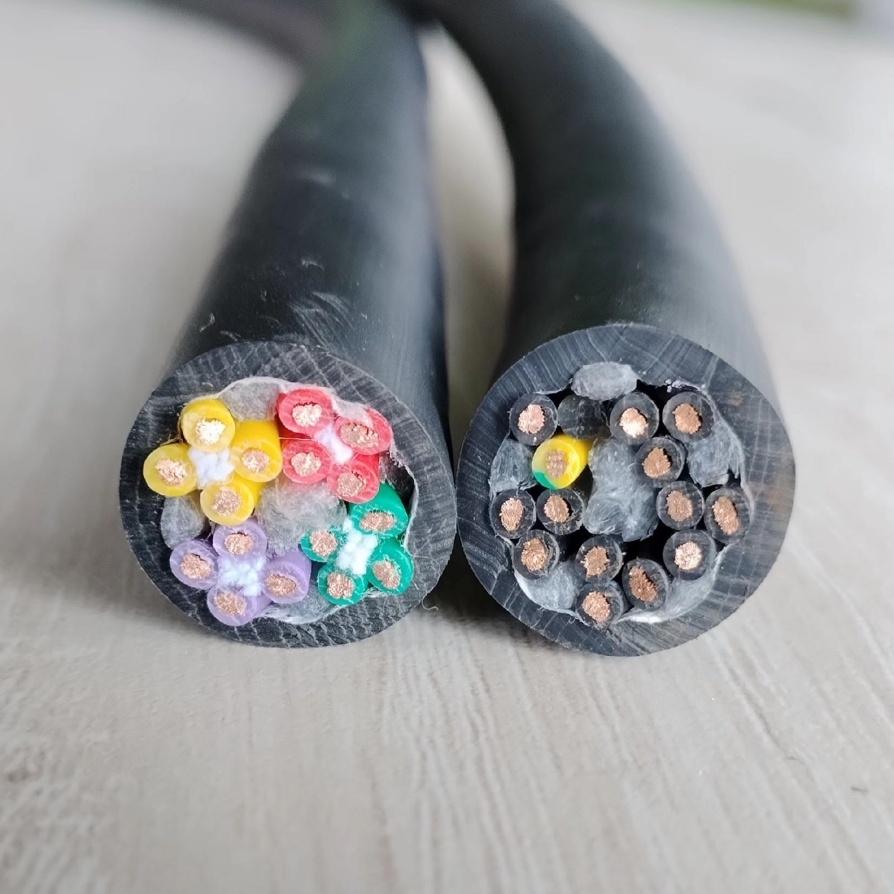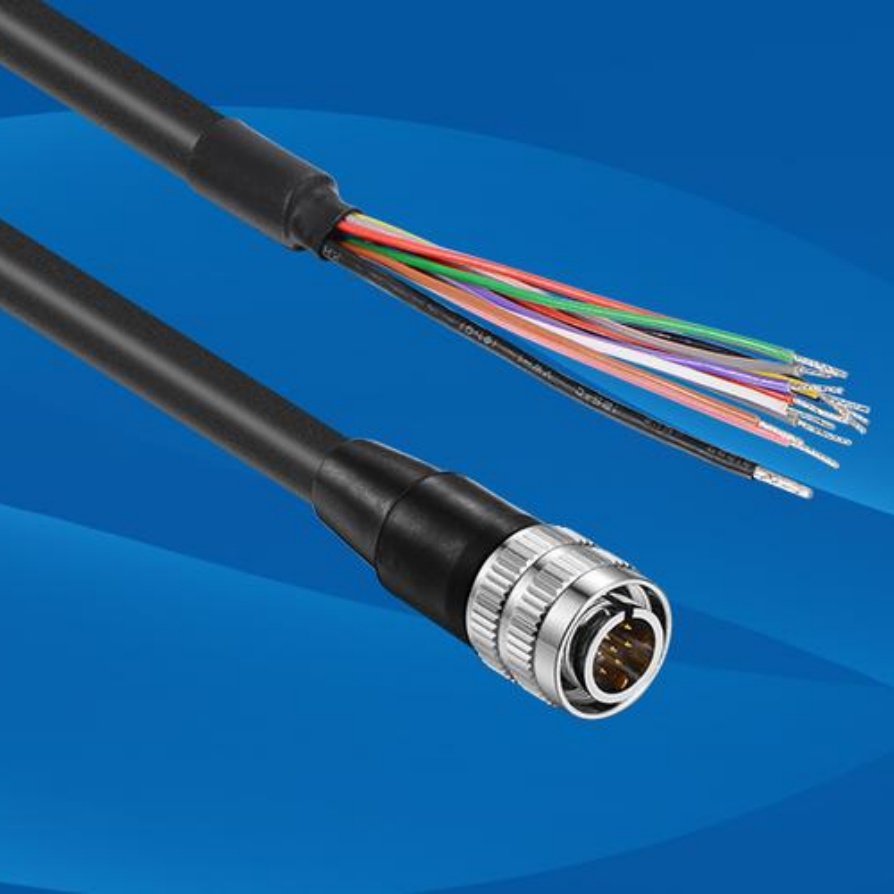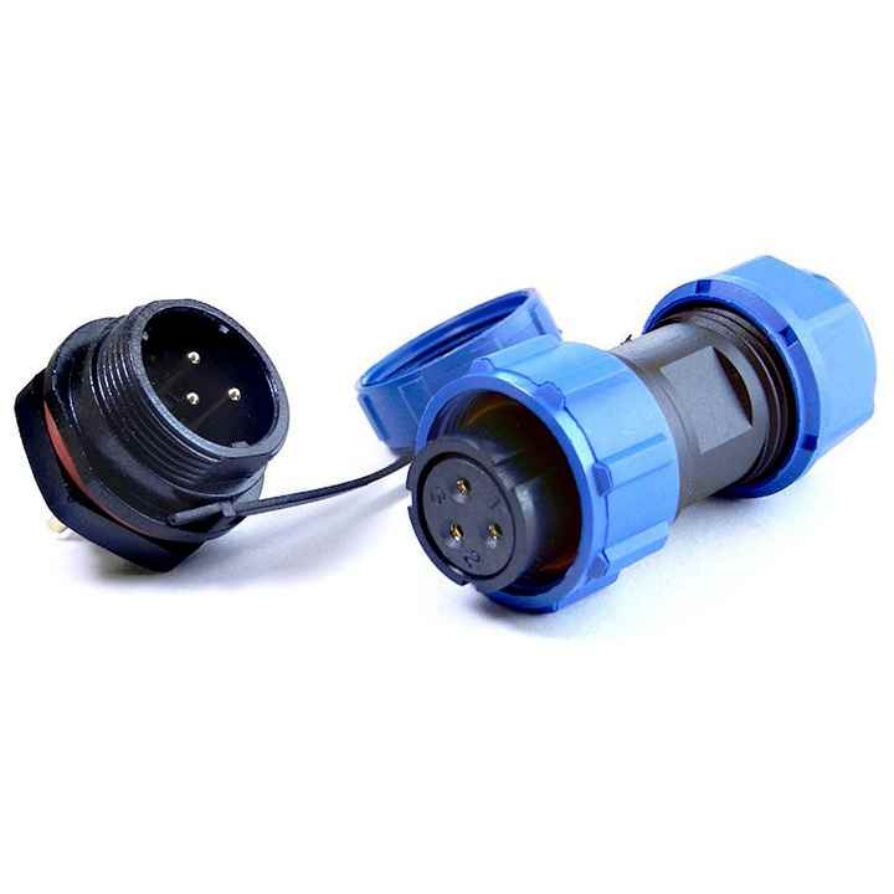IoT and Machine Vision Cabless
- The IoT-Vision Nexus: Redefining Cable Requirements
IoT-enabled machine vision systems operate in decentralized, always-on environments, necessitating cables that:
Requirement IoT-Vision Impact Cable Innovation
Massive Device Density 100+ cameras/sensors per sq. meter Multi-channel hybrid cables (PoE, USB-C, RS-485)
Ultra-Low Power Operation 10+ year battery life for edge nodes Energy-harvesting cables (solar/kinetic)
Real-Time Analytics <1 ms latency for closed-loop control Optical-Twinax hybrid for 25 Gbps + low EMI
Environmental Resilience Operation in -40°C to 85°C ranges Silicone-nanotube composite jackets
Case Study: Siemens’ IoT-powered Munich factory uses Belden’s 4-in-1 hybrid cables to connect 500+ thermal/3D vision sensors, reducing energy use by 30% while maintaining 50 Gbps throughput.
2. Power and Data Convergence: The Rise of Smart Cables
IoT’s “power-over-everything” ethos demands cables that integrate energy delivery with intelligence:
High-Density PoE++
IEEE 802.3bt Type 4 cables deliver 90W power + 10 Gbps data over 100m, powering AI vision nodes like Jetson AGX Orin.
Application: Amazon’s Astro robots use PoE++ to simultaneously charge and stream 4K video from warehouse inspection cams.
Dynamic Power Allocation
Cables with integrated MCUs prioritize power to critical vision nodes (e.g., defect detection AI) during brownouts.
Innovation: Molex’s Smart Power Cables reduced downtime by 60% in Foxconn’s IoT assembly lines.
Wireless Charging Integration
Technology Benefit Use Case
Qi2-enabled cables Charge mobile AMRs during data transfer John Deere’s autonomous harvesters
Resonant inductive coupling Power-through-metal for sealed vision systems BP’s offshore rig inspections
3. Protocol Agnosticism: Unifying Fragmented IoT Networks
IoT’s diverse protocols (MQTT, OPC UA, Zigbee) require cables to act as universal translators:
Software-Defined Cable Interfaces
Reconfigurable transceivers switch between protocols via FPGA firmware (e.g., MIPI CSI-2 to Modbus TCP).
Example: NVIDIA’s Spectrum-4 switches use dynamic cables to connect 10,000+ IoT-vision endpoints in BMW’s 5G factory.
Time-Sensitive Networking (TSN)
Feature Machine Vision Impact
IEEE 802.1Qbv scheduling Guarantees 8K video frame deadlines
1 µs synchronization Enables LiDAR-camera fusion in autonomous forklifts
Breakthrough: Cisco’s IoT-vision backbone in Dubai’s smart port achieved 99.9999% uptime using TSN-enabled fiber-copper cables.
4. Security: Protecting the IoT-Vision Data Lifeline
IoT’s attack surface expansion demands cables with built-in cyber-physical safeguards:
Quantum-Secure Fiber Links
QKD (Quantum Key Distribution) fibers encrypt vision data at the physical layer, immune to MITM attacks.
Adopter: Lockheed Martin’s satellite IoT networks.
Tamper-Proof Connectors
Technology Function
MEMS-based microswitches Cut power if connectors are dislodged
Epoxy-embedded nanowires Trigger alarms if insulation is breached
Encrypted Power Lines
Dynamic frequency hopping (DFH) in PoE cables thwarts power-line eavesdropping.
ROI: Samsung’s smart fabs saw a 90% drop in IP theft after deploying DFH-PoE cables.
5. Sustainability: Circular Design for IoT’s Scale
With 75 billion IoT devices projected by 2025, cables must embrace eco-conscious engineering:
Bio-Based Materials
Material Property Application
Mycelium insulation Biodegradable, fire-retardant Agricultural IoT vision sensors
Algae-derived PVC alternatives Recyclable, chemical-resistant Urban surveillance networks
Modular Cable Systems
Lego-like connectors allow reuse of 85% components; Huawei’s IoT cables cut e-waste by 70% in Shenzhen’s smart city.
Self-Diagnostic Cables
Carbon nanotube sensors detect wear and schedule predictive maintenance.
Case Study: Tesla’s Berlin Gigafactory saved $4.2M/year via self-monitoring cables in its battery inspection IoT grid.
6. Future Frontiers: When IoT Cables Become Cognitive
By 2030, cables will evolve from passive links to AI-driven network participants:
Edge Learning Cables
On-cable neuromorphic chips preprocess vision data, reducing cloud dependency.
Prototype: Intel’s Loihi 3-powered cables classify defects 100x faster in Intel’s IoT-driven fabs.
Self-Healing Topologies
Liquid metal channels reroute signals/power around damaged sections autonomously.
6G-Ready Terahertz Cables
Feature Benefit
0.3 THz carrier frequencies Support 1 Tbps for holographic IoT vision
Sub-ms beamforming Enable real-time drone swarm coordination
Vision: DARPA’s “Opticom” project aims for cables that merge optical, power, and AI compute layers into a single strand.



